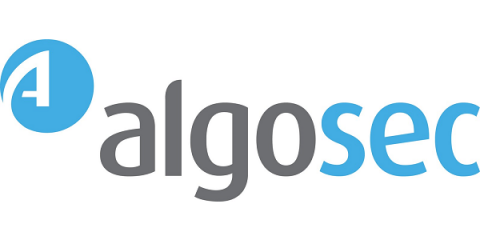Navigating the Cybersecurity Horizon in 2024
In 2023, organizations faced a surge in ransomware attacks, prompting a reevaluation of cybersecurity readiness. The focus on high-value assets and critical infrastructure indicated an escalating threat landscape, demanding stronger preemptive measures. This trend is expected to continue in 2024 as cybercriminals exploit vulnerabilities.


